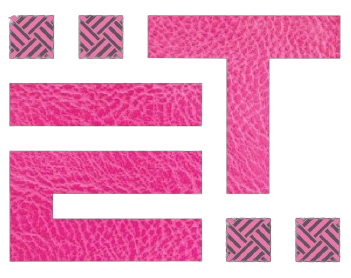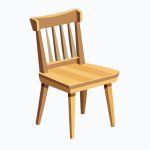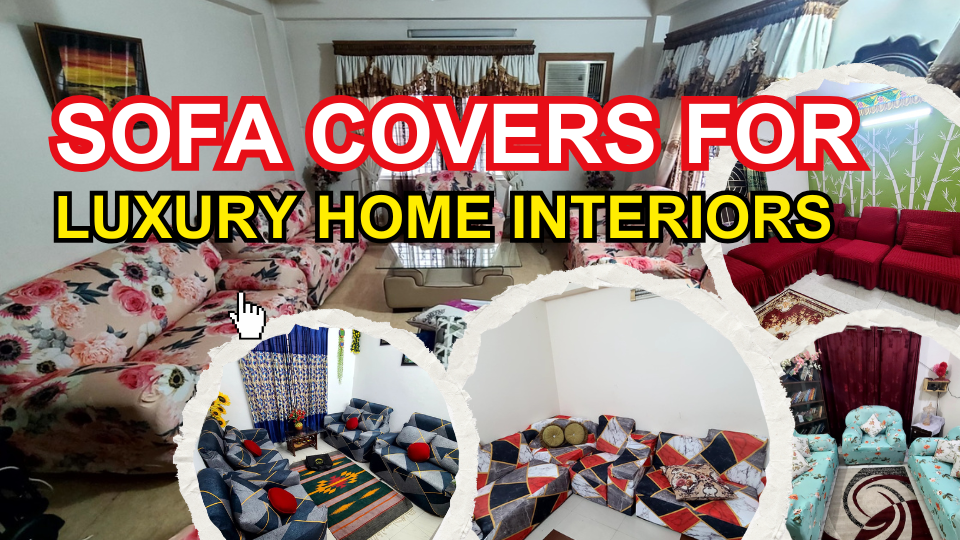Luxury is no longer confined to the choice of furniture alone — it’s in the intricate details, subtle textures, and curated elegance that elevate a living space. Sofa covers for luxury home interiors have become an essential element in achieving refined aesthetics, preserving investment-worthy furniture, and showcasing personal style.
Why Sofa Covers Matter in Luxury Interiors
In premium spaces, functionality must merge with finesse. Sofa covers serve more than a protective purpose; they offer a flexible design solution to maintain the immaculate beauty of expensive upholstery, keep the furniture fresh year-round, and adapt interiors to seasonal trends — all without compromising on elegance.






Types of Luxury Sofa Covers Worth Investing In
1. Velvet Sofa Covers: The Essence of Royalty
Nothing reflects opulence like rich velvet fabric. These covers, often designed with lush piles and deep hues, add depth and tactile softness to interiors. From emerald green to midnight blue, velvet covers introduce drama and warmth, making them perfect for creating a statement in living rooms.
2. Jacquard and Brocade Covers: Patterns of Prestige
Intricately woven with raised designs, Jacquard and Brocade covers blend classical patterns with metallic threads, making them ideal for Victorian, French country, or neoclassical interiors. Their embossed texture enhances visual interest while conveying unmatched refinement.
3. Egyptian Cotton Covers: Understated Elegance
For minimalist luxury, high-thread-count Egyptian cotton offers breathable comfort and a natural sheen. These covers are smooth, soft, and durable — a smart pick for contemporary interiors that prioritize comfort with a clean aesthetic.
4. Faux Leather and Suede Covers: Modern Opulence
Faux leather sofa covers present a chic, modern appearance while being easier to maintain than genuine leather. Suede alternatives bring a matte softness and pair beautifully with wood, stone, or industrial elements — ideal for modern penthouses or urban lofts.
5. Linen and Organic Blends: Quiet Luxury
Washed linen and natural blends are trending in modern design philosophies, such as Japandi and Scandinavian luxury. Their relaxed texture radiates effortless sophistication and complements light-filled, minimalist environments.






Custom vs. Ready-Made Luxury Sofa Covers
Tailored sofa covers crafted by artisans allow homeowners to match the exact proportions, curves, and details of their high-end furniture. While more expensive, custom pieces offer:
- Precision fit
- Seam alignment with original upholstery
- Enhanced longevity through secure closures and seam reinforcement
Ready-made luxury covers, on the other hand, cater to standard sofa shapes, such as 3-seaters, L-shaped sectionals, recliners, and Chesterfields, and are now available in premium materials with stretch technology, non-slip backing, and hidden zippers for a sleek appearance.
Color Theory for Upscale Spaces
Color holds transformative power in shaping a truly luxurious ambiance.
Here are curated palettes to elevate interiors:
- Neutral Tones (beige, taupe, ivory): Versatile and timeless, perfect for creating calm, layered sophistication.
- Jewel Tones (sapphire, amethyst, ruby): Add bold luxury and work well with metallic and mirrored accents.
- Earthy Tones (olive, terracotta, slate): Embrace the organic luxury and foster a grounded atmosphere.
- Black & White: Crisp, dramatic contrast that defines minimalist chic and modern monochrome themes.
How to Style Sofa Covers in Luxury Living Rooms






Pair with Coordinated Soft Furnishings
Luxury lies in harmony. Pair your sofa covers with matching or contrasting cushion covers, drapes, and rugs. If your cover features a bold texture, opt for smooth or plush accessories to balance the visual narrative.
Layer with Throws and Trims
Adding faux fur throws, silk tassels, or metallic piping gives a bespoke finish. These elements catch the eye and communicate a well-curated, designer-level approach to furnishing.
Combine with High-End Materials
Position your covered sofas alongside marble coffee tables, brass floor lamps, or lacquered wood accents for a classic and elegant look. These combinations heighten contrast and emphasize material luxury.
Seasonal Swapping for a Dynamic Look
True luxury evolves. By changing sofa covers seasonally, homeowners can renew the energy of their interiors without altering core furniture.
- Spring/Summer: Lightweight linens, cotton in pastel shades, floral or airy prints.
- Fall/Winter: Velvet, suede, or quilted covers in deeper tones and textured patterns.
This approach is cost-effective and keeps the home visually stimulating year-round.
Luxury Sofa Covers for Different Interior Styles
Modern Contemporary
Opt for monochrome or minimalist covers in suede, cotton twill, or high-tech stretch fabric. Clean lines, hidden seams, and matte textures define modern luxury.
Classic Traditional
Choose rich jacquard or damask covers in heritage tones, such as burgundy, gold, or navy. Embroidered or piped edges further evoke a sense of aristocratic charm.
Boho Luxe
Mix patterned covers with global motifs, accented with fringe and layered textures. Think Moroccan designs, block prints, and jewel-tone velvets.
Transitional Interiors
Blend modern and classic aesthetics with subtle patterns in soft fabrics, tonal embroidery, and sophisticated palettes that seamlessly bridge the old and the new.






Care and Maintenance for Long-Lasting Luxury
True luxury also demands longevity. Here’s how to preserve the elegance of your sofa covers:
- Dry clean or gentle machine wash, depending on the fabric
- Use fabric protectors or sprays to guard against spills
- Rotate cushions and covers for even wear
- Store seasonal covers in breathable fabric bags to prevent moisture damage
Proper maintenance ensures your investment retains its beauty for years to come.
Where to Buy High-End Sofa Covers
- Boutique upholstery studios
- Designer furniture showrooms
- Luxury homeware e-commerce platforms
- Artisan craft stores for custom pieces
Always look for quality indicators, such as high GSM, double-stitched seams, fabric warranty, and origin labeling (e.g., Turkish, Italian, or Egyptian fabrics).







